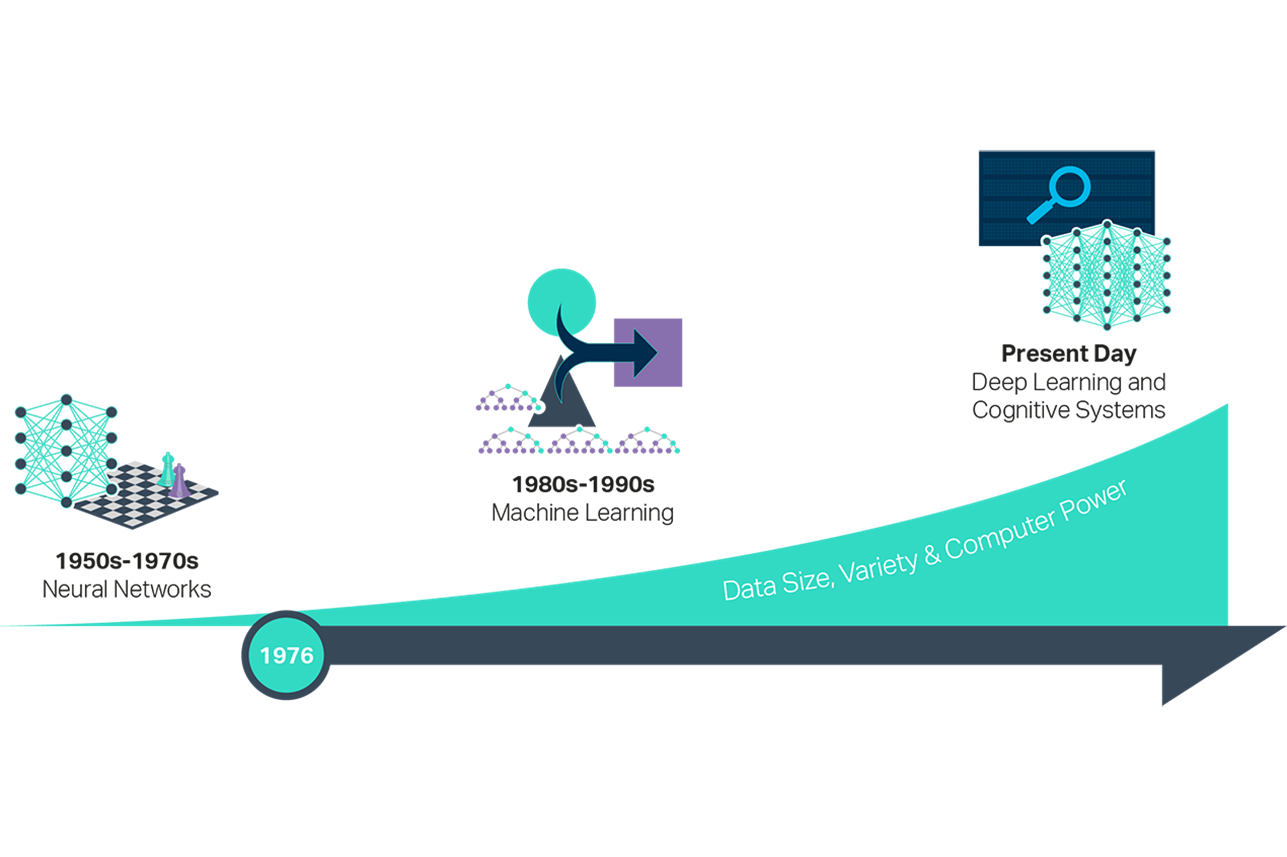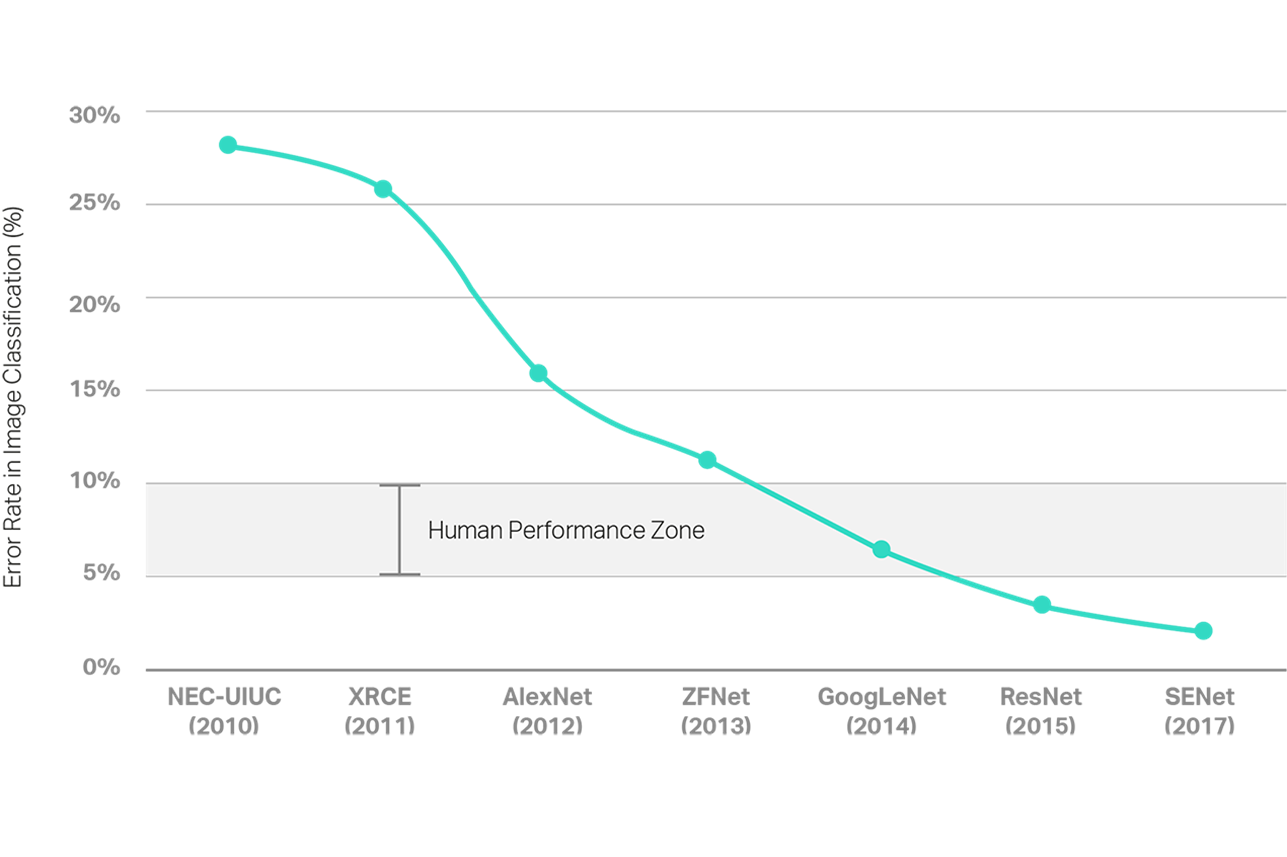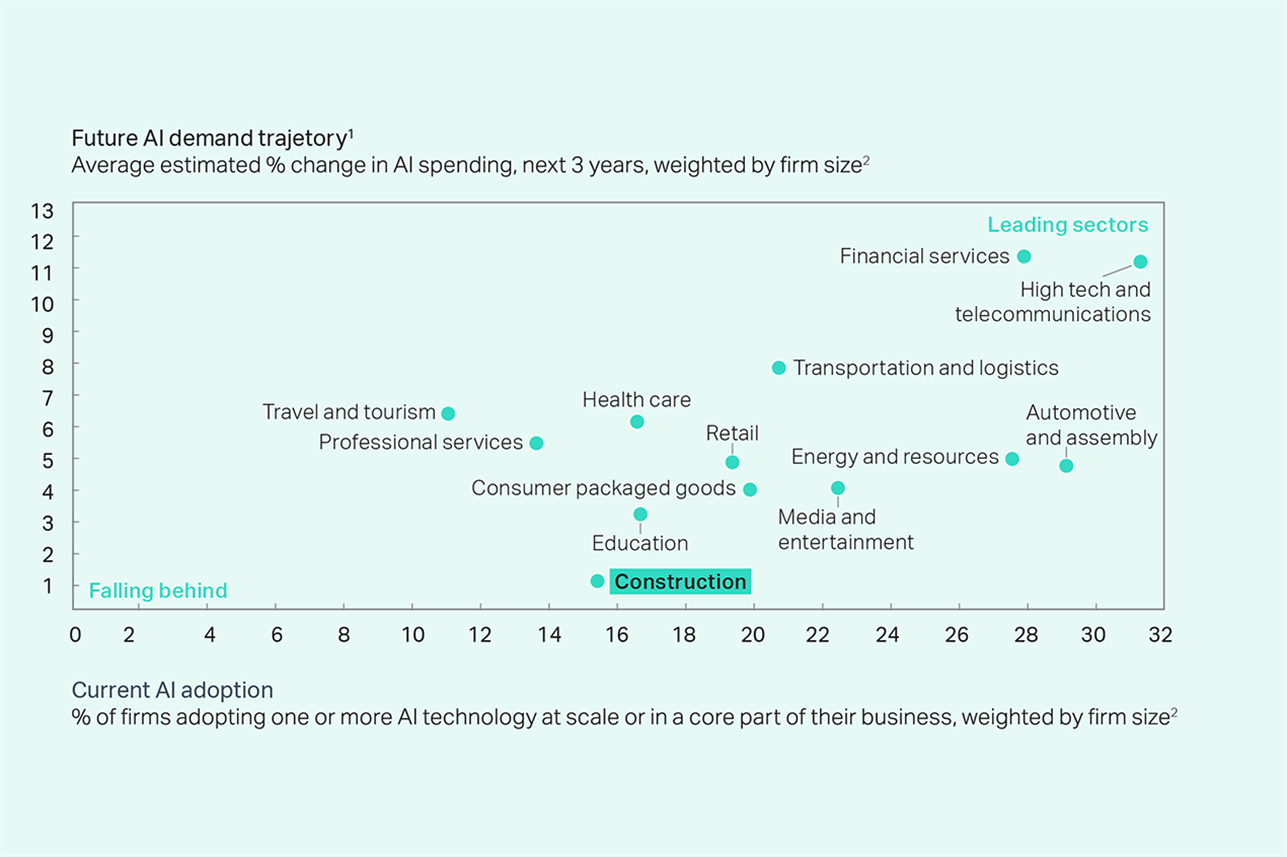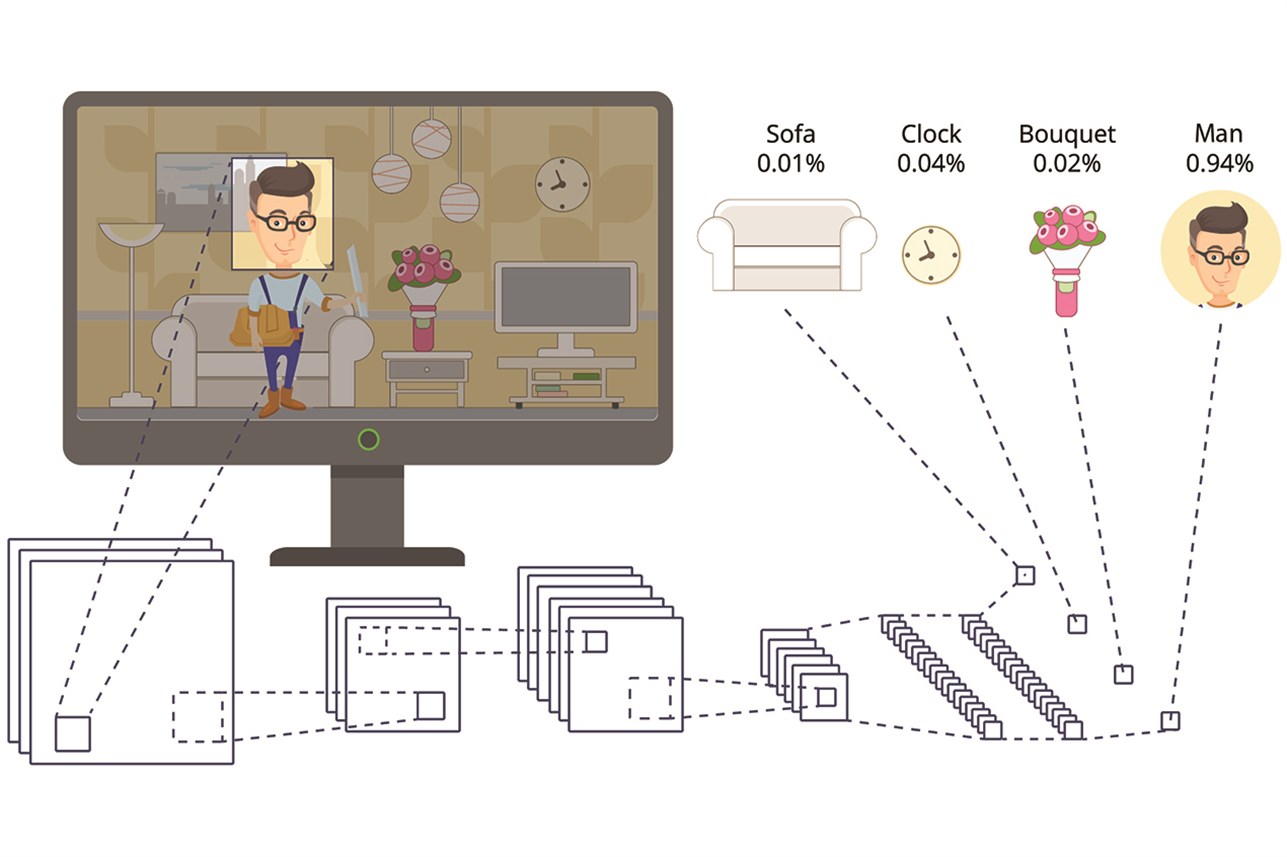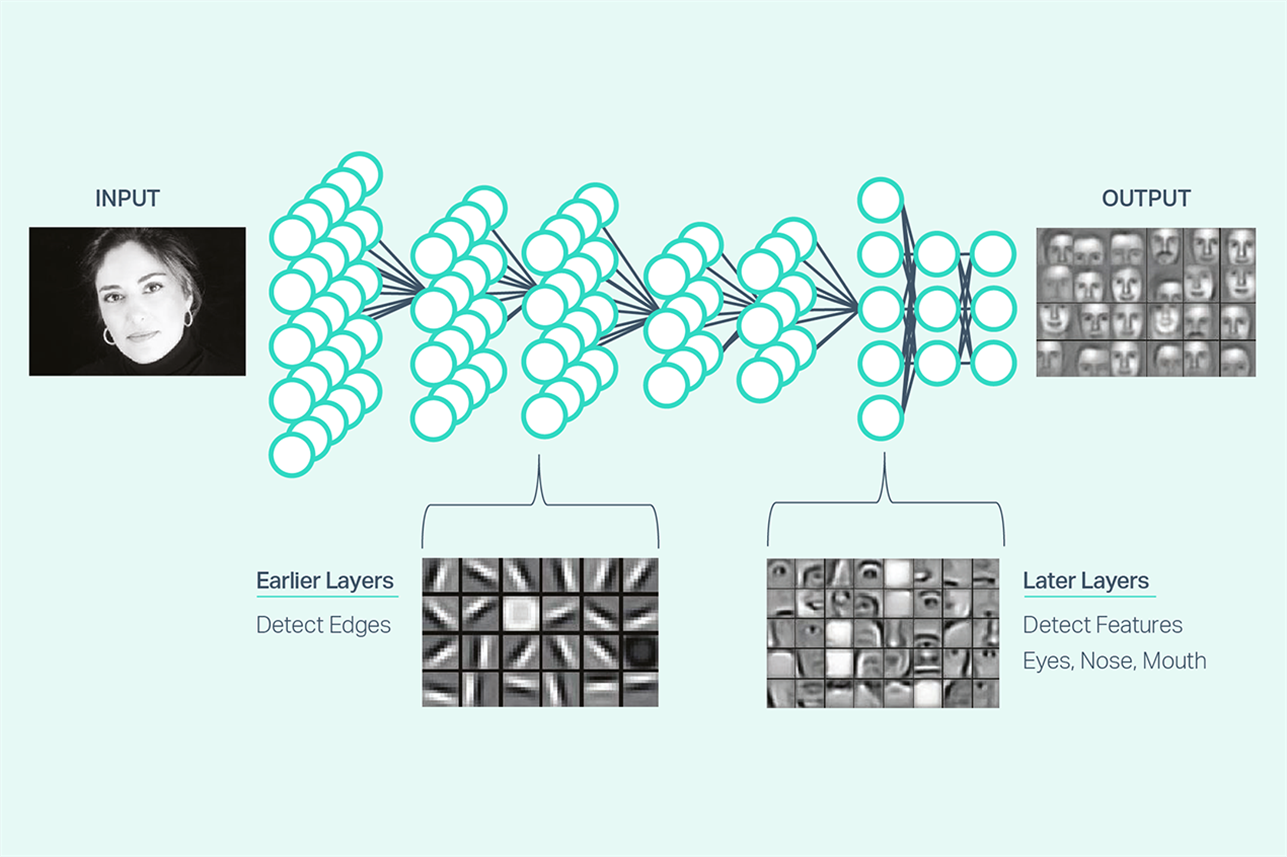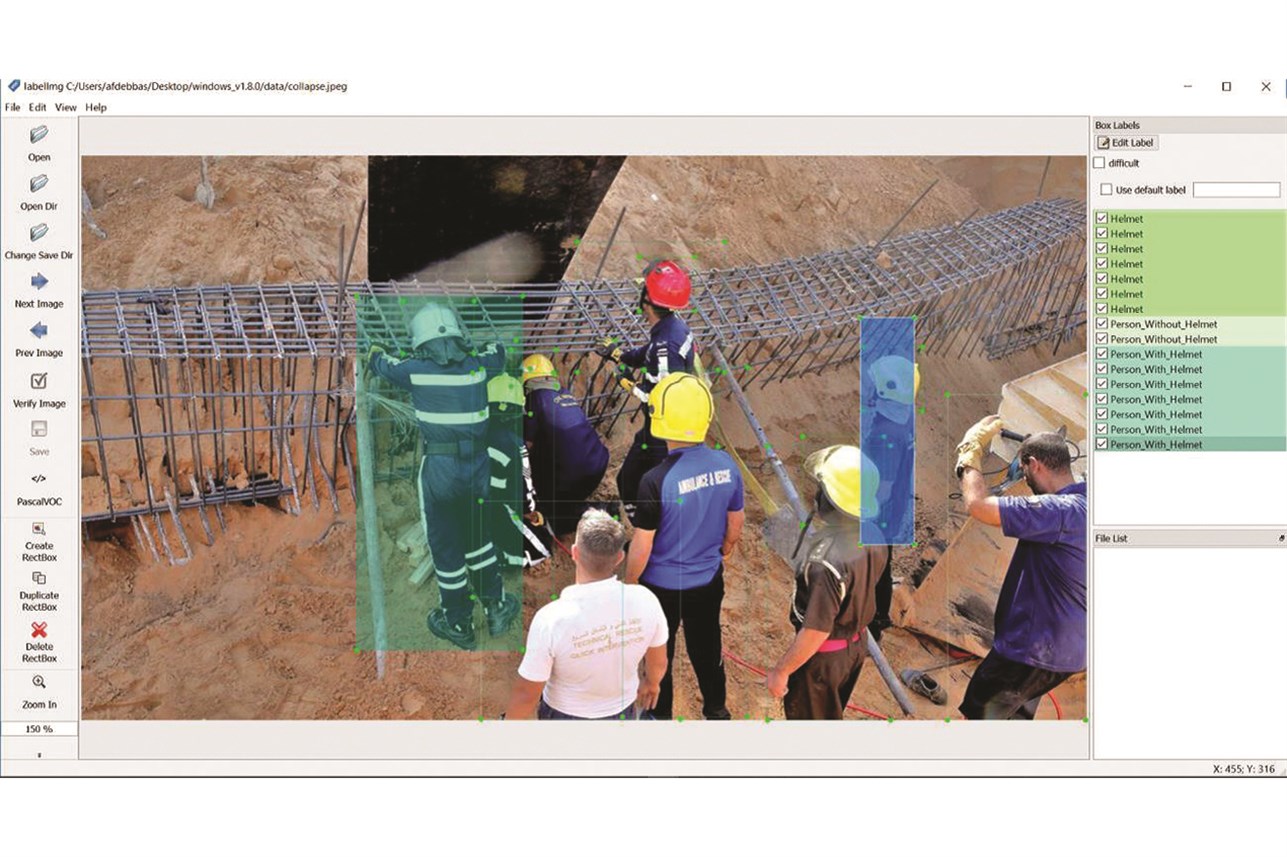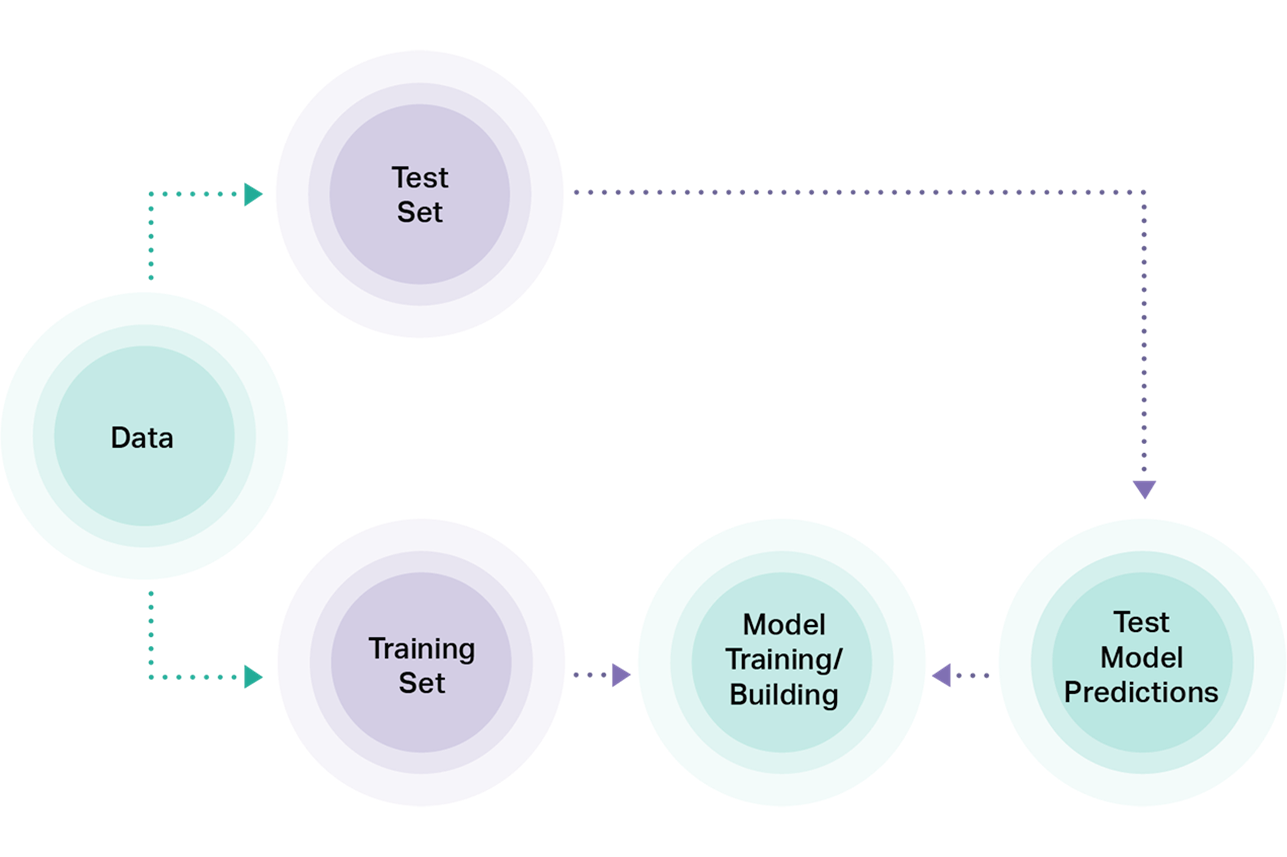
A field like no other
Artificial Intelligence algorithms have been around since the 1950s when American computer scientist and psychologist Frank Rosenblatt created the perceptron algorithm, an early type of Artificial Neural Network (ANN) that stood as the first self-learning algorithm. The dream was to create an intelligent machine that can simulate human thought processes and learn independently: that machine would then open up a field with infinite possibilities.
However, for decades afterwards, the grand promise of AI was confined to the realms of science fiction as the scarcity of data and computing power rendered these promising early learning algorithms useless. The introduction of the World Wide Web, social media, monitoring devices, and smartphones triggered and fuelled a historically unparalleled surge in data collection and availability, one that is still growing exponentially. Coupled with major advancements in algorithms and a meteoric rise in computing resources, this data explosion propelled AI into a reality that excites many and instils fear in some.
AI permeates the modern economy: it is projected to have a disruptive impact on all industries as rapid technological advances in analytics, robots, and digitization have already enabled the emergence of unprecedented business innovations.
Coupled with major advancements in algorithms and a meteoric rise in computing resources, this data explosion propelled AI into a reality that excites many and instils fear in some.
Artificial Intelligence, what’s with the hype today?
AI and data are inextricably linked: in simplified terms, machine learning occurs when enormous amounts of data are crunched and analysed through specialised algorithms and the machine then gains the ability to independently recognise patterns and make inferences and predictions. The more rich and heterogeneous the data, the more accurate the machine’s predictions will be. For example, recommendation engines on Netflix use AI algorithms that analyse enormous amounts of data from the ratings and viewing patterns of millions of users to predict what a particular viewer is likely to enjoy and offer personalised recommendations for movies or series. At the moment, AI can be found in a wide range of applications from recommendation engines on Amazon and Netflix to Google’s self-driving cars to smart assistants, like Siri and Alexa, which are mastering natural language processing. In some areas like image classification and object recognition, AI has become more accurate than humans as it has witnessed an exponential drop in error rate. Soon enough, AI will be in just about every product and service we buy and use.
AI, however, is posing an incredible challenge. Enterprises and governments must face the challenge of finding innovate ways of leveraging this remarkable technology if they hope to remain competitive and stay on the leading edge of their industry or practice. Yet, many decision makers remain baffled as to how they can capitalise on the enormous datasets they have through AI and deep learning.
This leads us to the question: what will be the impact of AI on the Architecture, Engineering, and Construction (AEC) industry? What kind of transformation will organisations of this sector undergo while capitalising on data? Over the past three years, Dar has embarked on a big data transformation journey. Today, we aim to capitalise on our big data strategy for the sake of implementing the AI roadmap and methodology envisioned by Dar.
Far behind: AI in the AEC Industry
Needless to say, AI in the AEC industry is still in its infancy. Indeed, a study by McKinsey shows how this industry is falling behind in AI and features in the lower spectrum of industries disrupted by the technology.
Ever the visionary, Dar sees this as an excellent opportunity to be among the leaders and pioneers disrupting the AEC industry with Artificial Intelligence. In fact, Dar has no choice but to be an innovative player in the AI landscape as it will be difficult to catch up should the competition gain the edge here.
Dar must tackle AI in an educated approach by carefully evaluating areas in which this technology can introduce innovation and growth and understanding where it cannot yet provide value. For this purpose, the Information Technology department has been investing in developing the skills and expertise needed to springboard Dar’s upcoming AI journey.
Deep learning for construction site safety
As a result of deploying drones and Internet of Things (IoT) devices on the project sites it supervises, Dar possesses an abundance of image and video datasets complied on construction sites. This wealth of data presents an attractive opportunity to train and develop an AI model capable of detecting events on construction sites deemed hazardous or not complying with safety standards and measures. For this purpose, Dar decided to capitalise on progress made in deep learning and object detection in other industries to create a deep learning model tailored for the construction industry.
Deep Learning is a type of artificial intelligence capable of processing image and video datasets. More specifically, convolutional neural networks (CNN) composed of interconnected layers of software-based calculators known as neurons are used in such cases. CNN is a multi-layered neural network with special architecture designed to take images as input and extract increasingly complex features of the image in each layer in order to be able to classify the image and determine the output.
The Deep Learning Model trained in Dar was designed based on the reference architecture of YOLOV2 (You Only Look Once), a state-of-the-art object detection convolutional neural network capable of processing 40-80 frames per second with a mean average precision rate (mAP) of 78.8%. To train this model, we invested significant time and effort in the data preparation stage, in which we had to gather images and label each object we wanted to detect. We decided to annotate the images with three labels: Helmets, Persons With Helmets, and Persons Without Helmets.
We trained the designed convolutional neural network with thousands of similarly labelled images. The training process entailed splitting the data sets into three categories: training, testing, and validation data. We first trained the model on the training datasets, and then tested the model and validated it using the testing and validation datasets. The training process took 3 days and stopped when the error rate did not improve in three consecutive iterations.
The result was an AI model capable of detecting labels it was trained on (Helmets, Persons With Helmets, and Persons Without Helmets) in new images and videos it receives from drones and IoT devices.
What is next?
Moving forward, Dar is to deploy this AI model and feed it real-time videos and images from cameras and drones installed on construction sites operated by the company. The process will require infrastructure with computing resources strong enough to allow the AI model to process videos and images rapidly and in real-time. This involves the deployment of a GPU-accelerated hardware and software solution that delivers breakthrough performance and efficiency tailored for AI needs.
Dar’s object detection AI model for construction site safety has room for improvement. We can further train this model on more labels that are relevant to safety protocols in construction sites, labels such as gloves and vests. An even greater aspiration is to train the model to learn employees’ repeated work patterns and detect threats coming their way. This will significantly improve construction site safety conditions and adherence to safety policies as the AI model will detect hazardous events in real-time and report them to the right personnel.
Through this enterprise and through various similar initiatives, Dar strives to search for innovative applications of AI and machine learning in the AEC industry, with the aim of solidifying its position as a global leader and continuing to providing its clients with the best and most up-to-date services available in the market.

